The most jaw-dropping pictures of space this year.
From the Pillars of Creation to the Milky Way’s black hole, 2022 has been full of incredible photos from space. Here are the best space pictures of 2022.
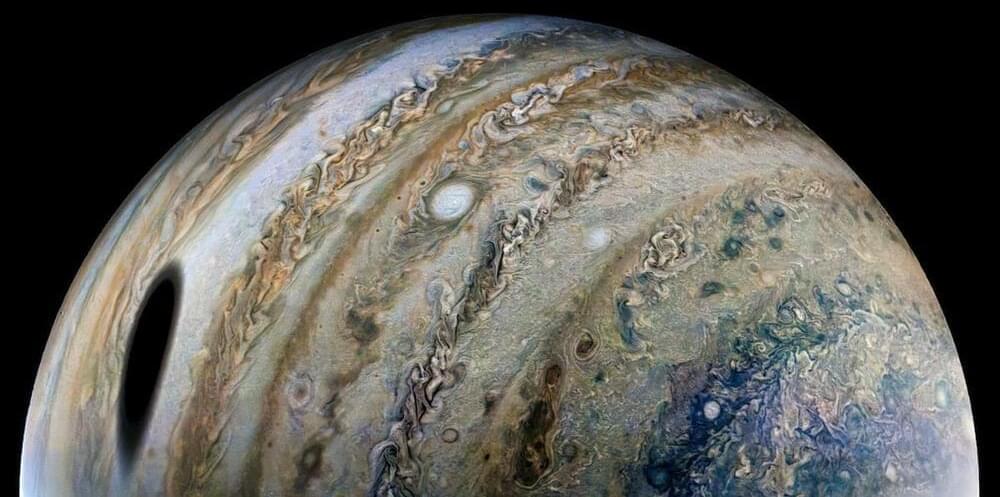
I knew my life would be spent trying to tackle the problem of defeating death itself.
Dr. Michael West presents on age reprogramming to induce tissue regeneration (iTR) at RAADfest 2022.
More videos about AgeX and reprogramming: https://www.youtube.com/playlist?list=PLtstRX3oAlvMPjyhW8IbS2UtEYXq8_D0z.

After six decades we have finally reached controlled fusion “ignition.” Here is how it works and what it means (and doesn’t mean):
At the Lawrence Livermore National Lab (LLNL) the National Ignition Facility (NIF) starts with the Injection Laser System (ILS), a ytterbium-doped optical fiber laser (Master Oscillator) that produces a single very lower power, 1,053 nanometer (Infrared Light) beam. This single beam is split into 48 Pre-Amplifiers Modules (PAMs) that create four beams each (192 total). Each PAM conducts a two-stage amplification process via xenon flash lamps.
Self-coding and self-updating AI algorithms appear to be on the horizon. There are talks about Pitchfork AI, a top-secret Google Labs project that can independently code, refactor, and use both its own and other people’s code.
This type of AI has actually been discussed for a long time, and DeepMind mentioned it at the beginning of the year along with the AlphaCode AI, which, according to them, “code programs in competitive level” as a middle developer. However, since February, there hasn’t been any more interesting news.
Devices such as cellphones, laptops and smartwatches are constant companions for most people, spending days and nights in their pocket, on their wrist, or otherwise close at hand.
But when these technologies break down or a newer model hits stores, many people are quick to toss out or replace their device without a second thought. This disposability leads to rising levels of electronic waste—the fastest-growing category of waste, with 40 million tons generated each year.
University of Chicago scientists Jasmine Lu and Pedro Lopes wondered if they could change that fickle relationship by bringing devices to life—literally.
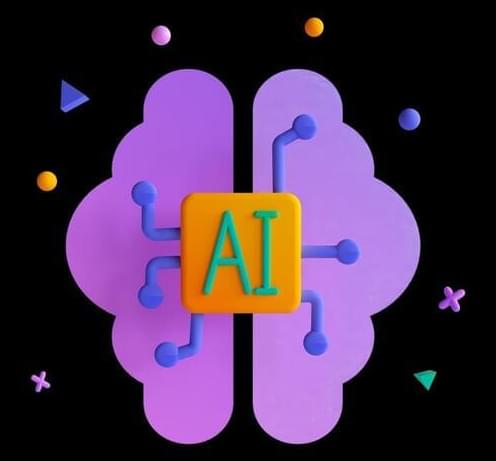
Human preferences on any topic have become diverse. Coming up with a statement that the majority of the population agrees with seems to be a challenge. Researchers at DeepMind, an AI company, accepted this challenge, trained a large language model, and fine-tuned it. They have to assume that human preferences are static and homogeneous to build the model.
The model generates statements to maximize approval among a group of people with diverse preferences. The research team fine-tuned the 70 billion parameter model, which was provided by thousand moral and political questions, and human written responses were provided for those questions. Then a reward model was trained in order to give weight to different opinions. Their best model was able to achieve more than a 65 percent preference rate.
The model was very sensitive when they tested it by just feeding part of the responses of the group of people then, the rest of the people’s opinion, which was not included, had a significant variance. Thus, the individual contribution of each consensus is equally important. There are many complicated NLP tasks like reading comprehension, fluent language generation, etc., which helped form the foundations for this LLM.
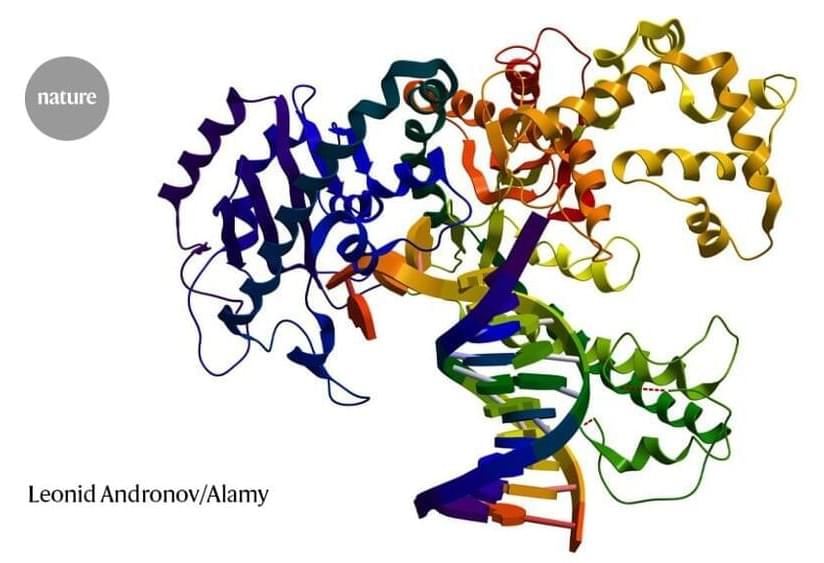
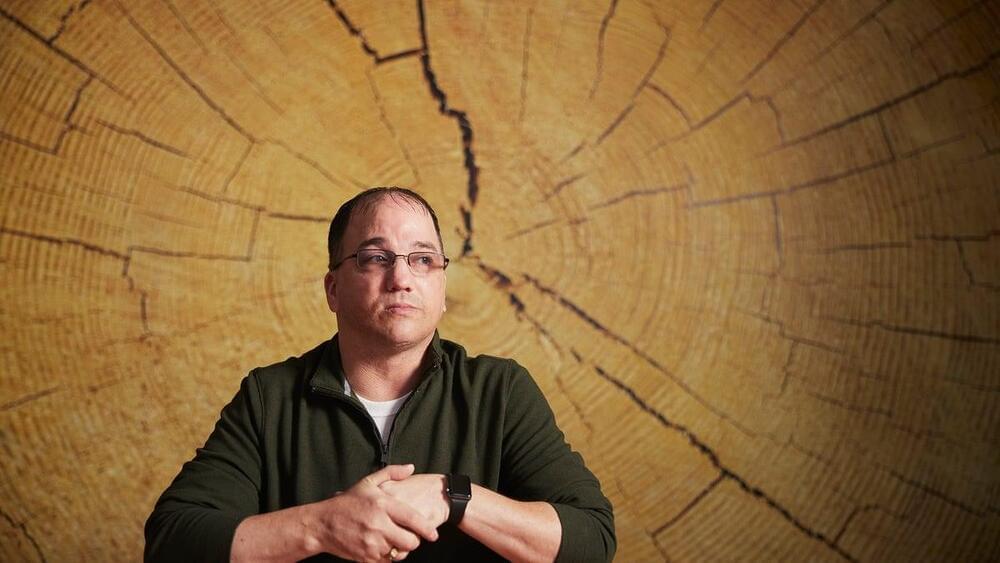
Artificial intelligence (AI) is transforming the Federal Government—and it’s up to you to make it work for your mission. Booz Allen can help. We deliver custom, secure solutions that allow government to responsibly unlock its potential.
Our AI experts, scientists, domain experts, and consultants understand the technologies that make AI possible, the policies that make it necessary, the business cases that make it strategic, and the solutions that make it powerful.
These Remote Carriers will supplement manned aircraft and support pilots in their tasks and missions.
A group led by Airbus has successfully tested the launch and operation of a Remote Carrier flight test demonstrator, a modified Airbus Do-DT25 drone, from a flying A400M.
The project, jointly developed with Germany’s Bundeswehr, the German Aerospace Center DLR, and German companies SFL and Geradts, aims to supplement the upcoming European sixth-generation fighter jet, part of the Future Combat Air System (FCAS). “Multiplying the force and extending the range of unmanned systems will be one of the future roles of Airbus’ military transport aircraft in the FCAS,” said in a release.
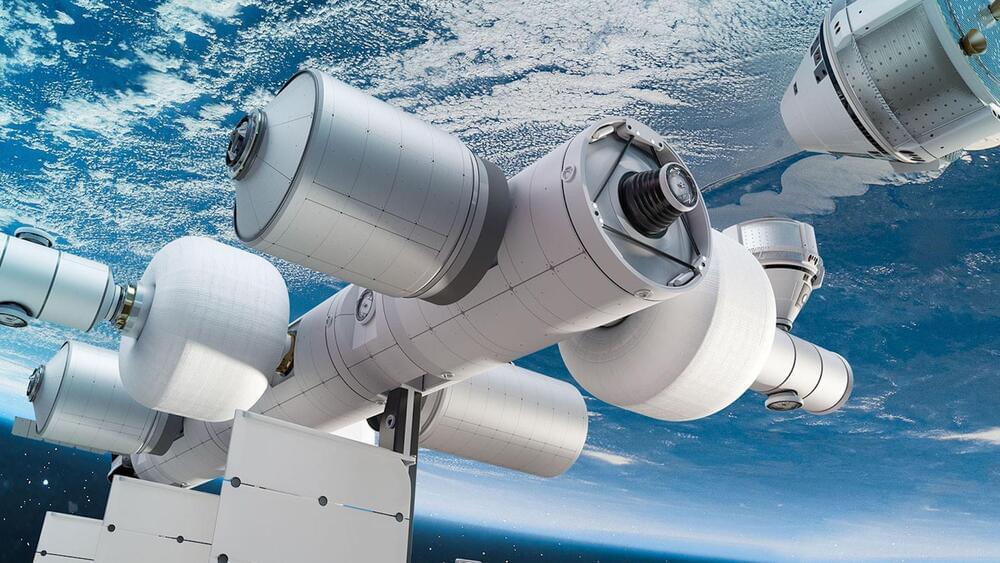
Orbital Reef is one of NASA’s in-development successors for the ISS.
Sierra Space, the company developing a new space station called Orbital Reef alongside Jeff Bezos’s Blue Origin, just blew up a small prototype for an inflatable astronaut habitat, a recent press statement (Dec .13) reveals.
The company conducted what it calls the “ultimate burst pressure test” (UBP) as part of the development of Orbital Reef, which is one of several privately-developed successors to the International Space Station that have been funded by NASA.
Blue Origin.
Worry not, space habitat enthusiasts, as the explosion was intentional and it was carried out to make Orbital Reef as safe as possible.